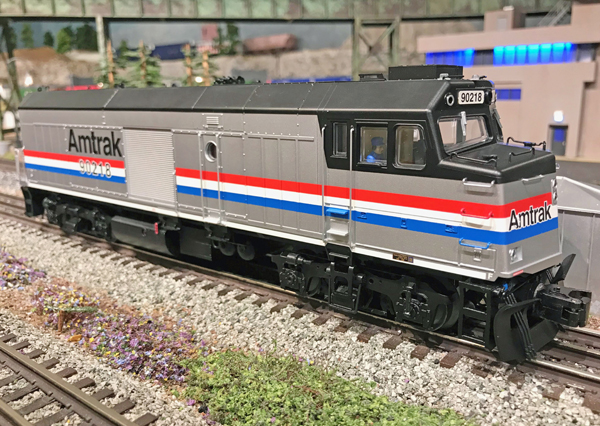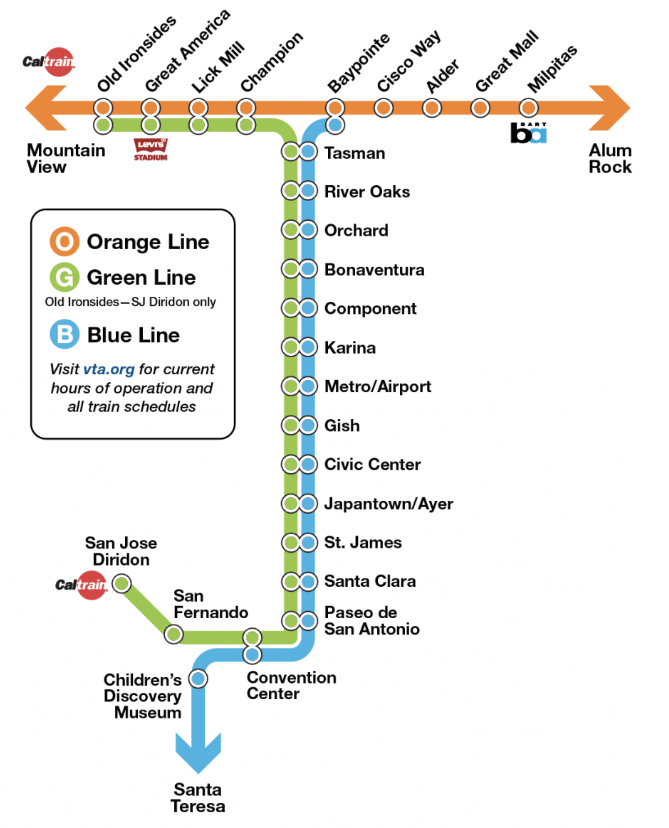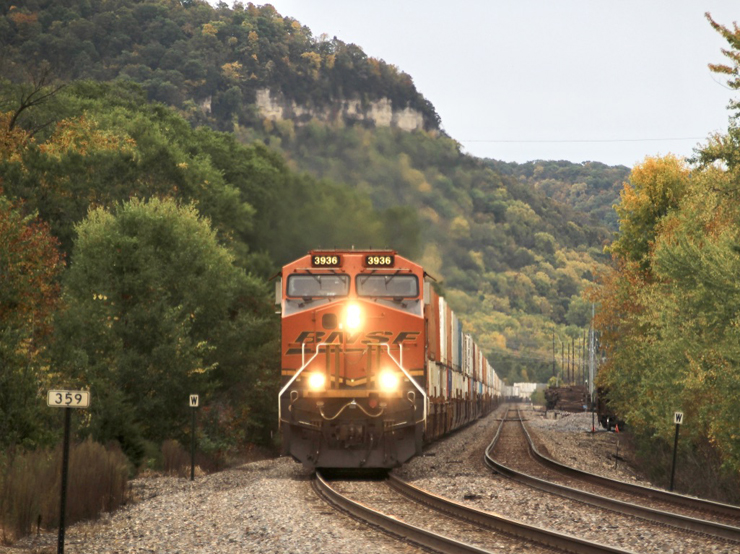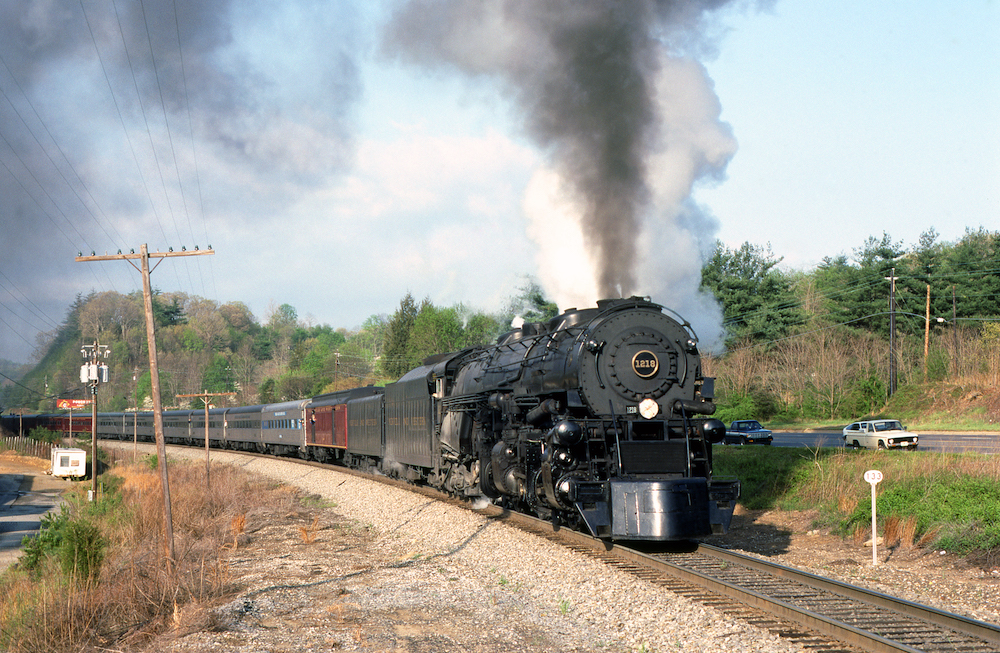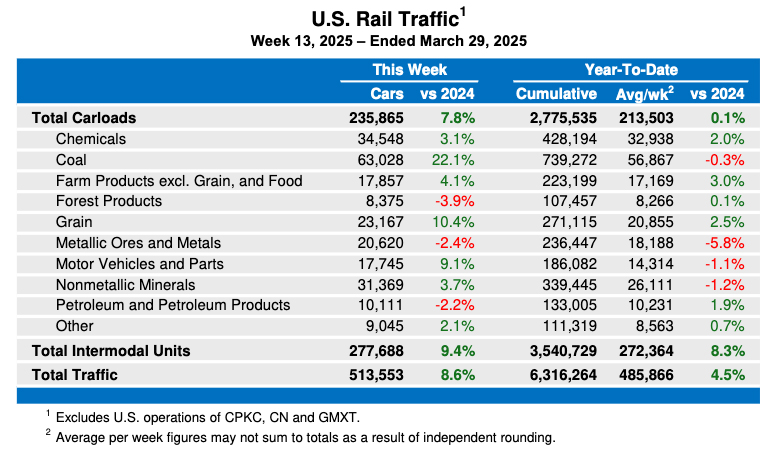Price: $549.99 (nos. 82453 and 82454, Phase II; 82455 and 82456, Phase III, powered); $399.99 (no. 82457, non-powered) Min Curve: O-54 Features: Lighting, horn and bell sounds, prototypical lettering and painting, Lionel TMCC/Legacy command control, remote couplers Road names: Amtrak Phase II and Phase III. www.lionel.com
What’s better than one top-of-the-line Lionel Legacy diesel locomotive? Why two, of course.
Let me explain.
Back in 2017, Lionel showed in its Volume 2 catalog a newly tooled O gauge replica of the Electro-Motive Division of General Motors F40PH diesel in several Amtrak phase paint schemes and road numbers. Also made available at the same time were two non-powered versions of what railfans refer to as “cabbage units.”
The powered locomotives grabbed my attention. Their non-powered kin did not. Not really caring for the latter units, I ordered only a powered one.
Big mistake!
What I didn’t realize, mainly because I hadn’t fully read the description in the catalog, was Lionel intended for the cabbage units to run in concert with the powered ones. The latter rode at the front of the train, and the cabbage unit was at the rear. Working together, they provided an entertaining and realistic experience.
Later, after figuring out what the cabbage units were about, I managed to pick up one at a local hobby shop. At last, I had the dynamic duo I really wanted.
Prototype background
Before we delve into Lionel’s F40PH, a few words about its real-world counterpart. Upon its formation in 1971, Amtrak inherited an aging and mechanically incompatible fleet of diesels from the different railroads the federal government had just merged together. To rectify that situation, Amtrak ordered 150 Electro-Motive SDP40F and 25 General Electric P30CH diesel locomotives. The newcomers started entering service in 1973.
Unfortunately, the SDP40F units had problems from the get-go, including a series of derailments. Also, mechanical problems with the P30CH led Amtrak to cancel further orders of that locomotive.
By 1975, Amtrak was in desperate need of reliable power. Salvation came when EMD delivered its F40PH that year. Based on the GP40-2 road diesel, the F40PH was an instant hit. Even though it was originally intended to be used only for short-haul routes, it soon became the backbone of Amtrak’s entire diesel fleet.
Electro-Motive made the F40PH through 1992, cranking out more than 500 before Amtrak started to phase them out in the middle 1990s in favor of the new GE Genesis. As the latter replaced F40PH units, Amtrak converted a number of the retired EMD diesels into what railfans nicknamed “cabbage units.”
Officially known as Non-Powered Control Units, they had been stripped of their engine, generator, head-end power plant, radiator, and so forth. By doing so, Amtrak created a hollow space for baggage in the body of the F40PH while retaining an intact cab and operating controls to provide a place for engineers to run trains over short distances, such as between Chicago and Milwaukee.
Such corridors, usually characterized by many grade crossings, benefited from having trains configured in a push-pull manner. The cabbage units provided engineers with protection in case of collisions at the frequent grade crossings.
Opening the boxes
Each of the Lionel powered and non-powered F40PH locomotives arrived in the standard orange-and-blue box, packed in plenty of Styrofoam to keep them safe on the long journey from China to your layout. Both units contained spare traction tires, and the powered one also came with a Legacy memory module.
Both the powered and non-powered units measure right at 14 inches in length. The powered unit weighs 3 pounds 14 ounces, while the cabbage unit is only 2 pounds 10 ounces. The minimum curve needed to operate them is O-54.
On the track
After placing the dynamic duo on the track, you should first program them into your TMCC/Legacy remote. Each unit should be assigned its own unique ID in your system. Once you’ve done so, you will need to create a “train” within the TMCC/Legacy system and add both engines to that train with the lead powered unit facing forward and the rear non-powered unit facing backward.
If you plan to run the non-powered unit in concert with the powered one, start by lifting up the hidden panel on the roof of the non-powered unit to see a switch labeled “Unit/Pair.”
If you’re going to be operating the non-powered unit by itself, you can leave that switch in the “Unit” position. If you plan on running the unit with the powered unit, you’ll want to throw that switch to the “Pair” position.
Completing the necessary programming and powering up the train gets the fun started! Especially because the cabbage unit is no ordinary non-powered unit. It has many of the same features as the powered unit, including fully functional sound and light systems. Only motors, prime mover sound effects, and a smoke unit are missing.
When the dynamic duo is in “Pair” mode, the lights and the sounds work in concert with the powered unit up front. When the train is moving in a forward direction, the cabbage unit goes quiet and the lights are that of a rear-end unit. But when you change the direction of the train, the lights change accordingly and the sounds of the horn, bell, and crew transfer to the rear cabbage unit. Pretty slick!
Running these two Amtrak units together with a string of passenger cars in between is unlike any operating experience I’ve had before. You get the sense you’re running a complete train.
Operation of the train was as smooth as silk. The low-speed average for the powered unit was 3 scale mph; the high-speed average was 88 scale mph. The powered unit boasts 1 pound 13 ounces of pulling power, which should be plenty to pull any normal-size passenger train.
The new Lionel F40PH is great on its own, but if you really want to unleash its full potential do yourself a favor and invest in the accompanying cabbage unit to ride at the back of the train. Although doing so requires a deeper financial commitment, I believe it is totally worthwhile. Having both units makes for enjoyable runs and is sure to impress visitors to your layout.





